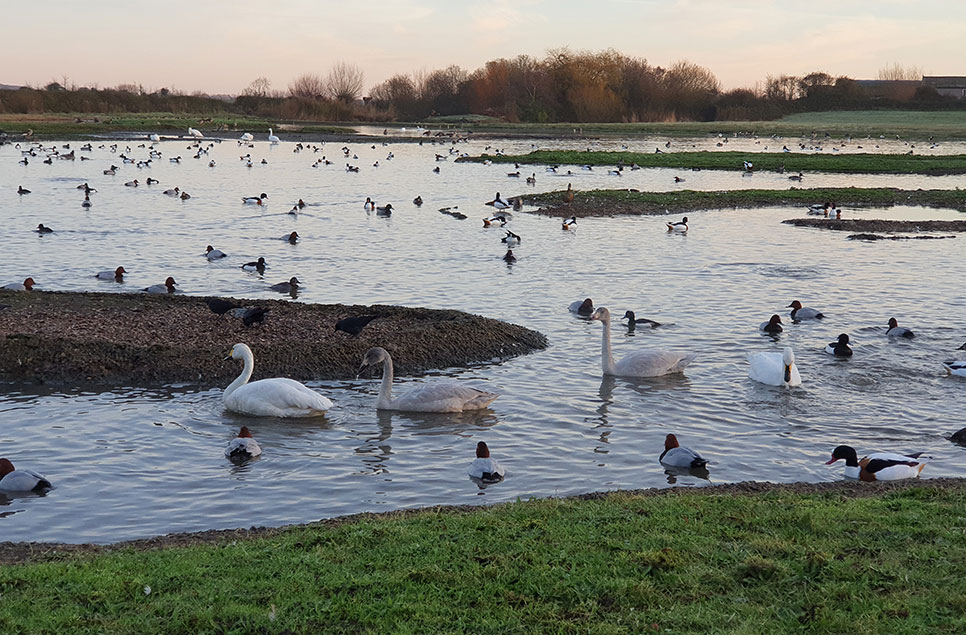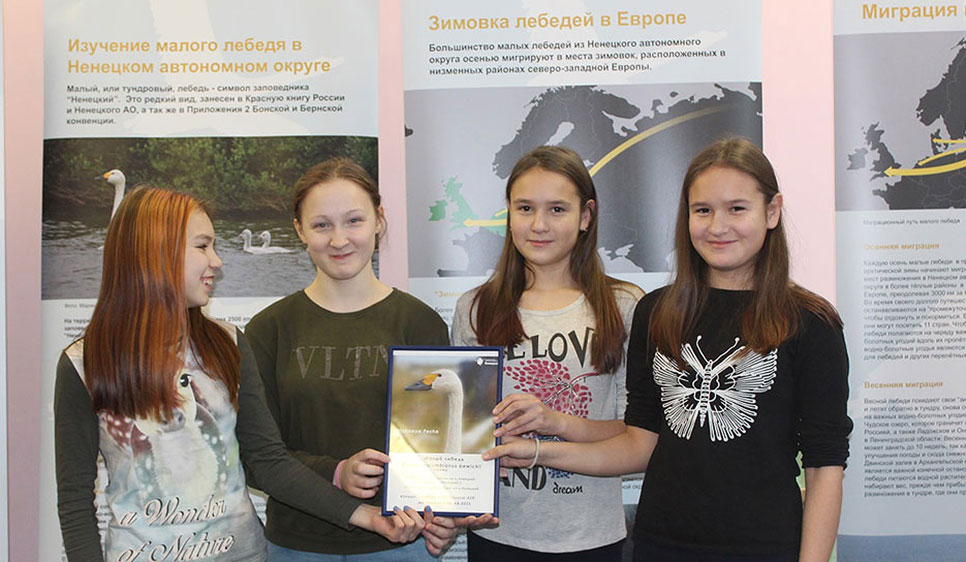50th anniversary of Bewick’s swan research!
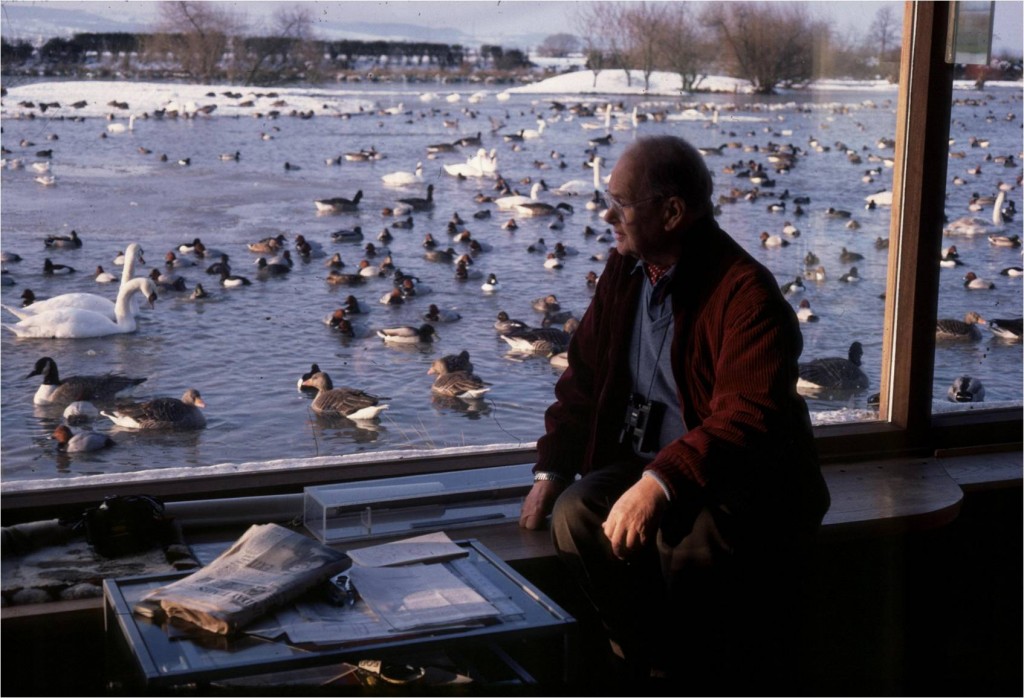
Today WWT is celebrating 50 years of Bewick's swan research ahead of the official anniversary in February! It all started back in the winter of 1963/64 when Sir Peter Scott and his family first encouraged wild Bewick’s swans wintering on the salt marshes near Slimbridge to visit the lake in front of their house.
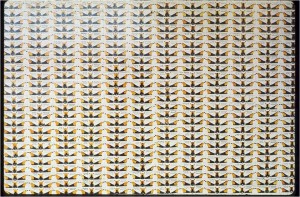
After close observation they noticed that each individual could be recognised by its distinct black and yellow bill markings. When the swans returned the following winter they recognised some familiar faces in the flock and appreciated that natural markings could be used as a powerful tool for the study of Bewick’s swans.
Over the years the study has grown from humble site-based observations to an international population study in a collaboration that continues to this day involving many researchers and conservationists along the flyway. This extended to the development of collaborative studies on the swans breeding grounds during the 1990s and led towards the protective designation of the Nenetskiy National Nature Reserve, an important breeding area for the swans. Much information has been gathered on the swans’ social behaviour, their population dynamics (including variation in their breeding success and survival rates) and factors affecting their choice of wintering sites.
The study has seen an increase in population size up to the mid-1990s after which numbers have rapidly declined. Concern for the species led to the development of the Bewick’s swan action plan which aims to halt the decline and maintain the population at 23,000 birds or above. This was adopted by the African-Eurasian Waterbird Agreement in 2012 and WWT with others are taking this forward over the next few years.
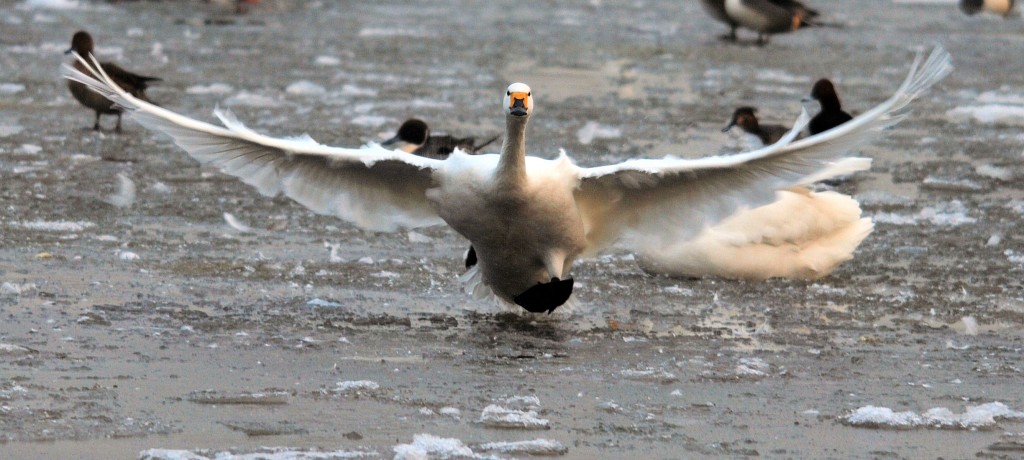
This therefore is a challenging time for the Bewick’s swan but with an international effort and focus and with such a comprehensive knowledge of the species, it is hoped that the current decline will be reversed and we will be able to give a positive report at the 60th anniversary of the study in ten years time!
Dafila Scott, Eileen Rees & Julia Newth
